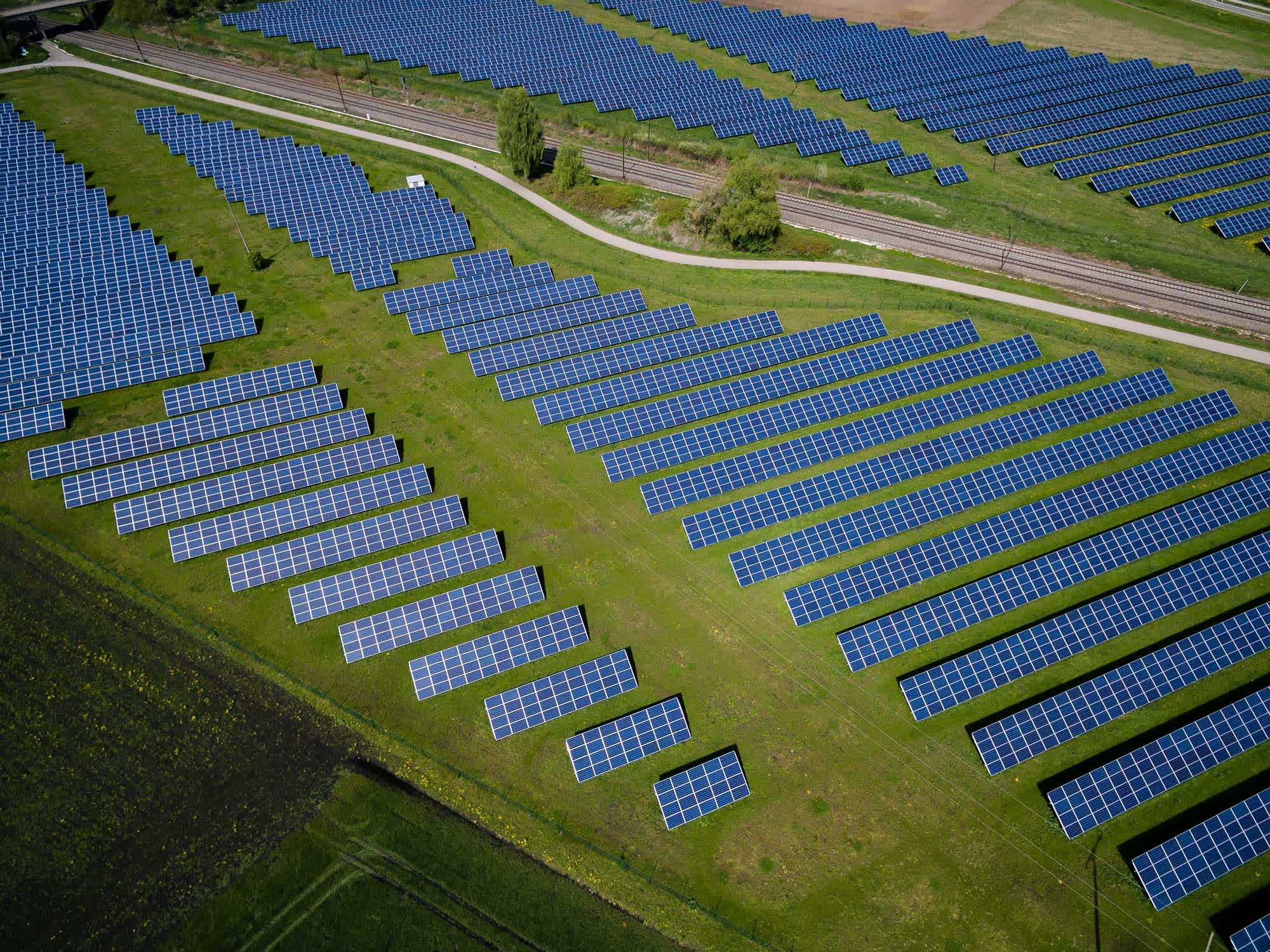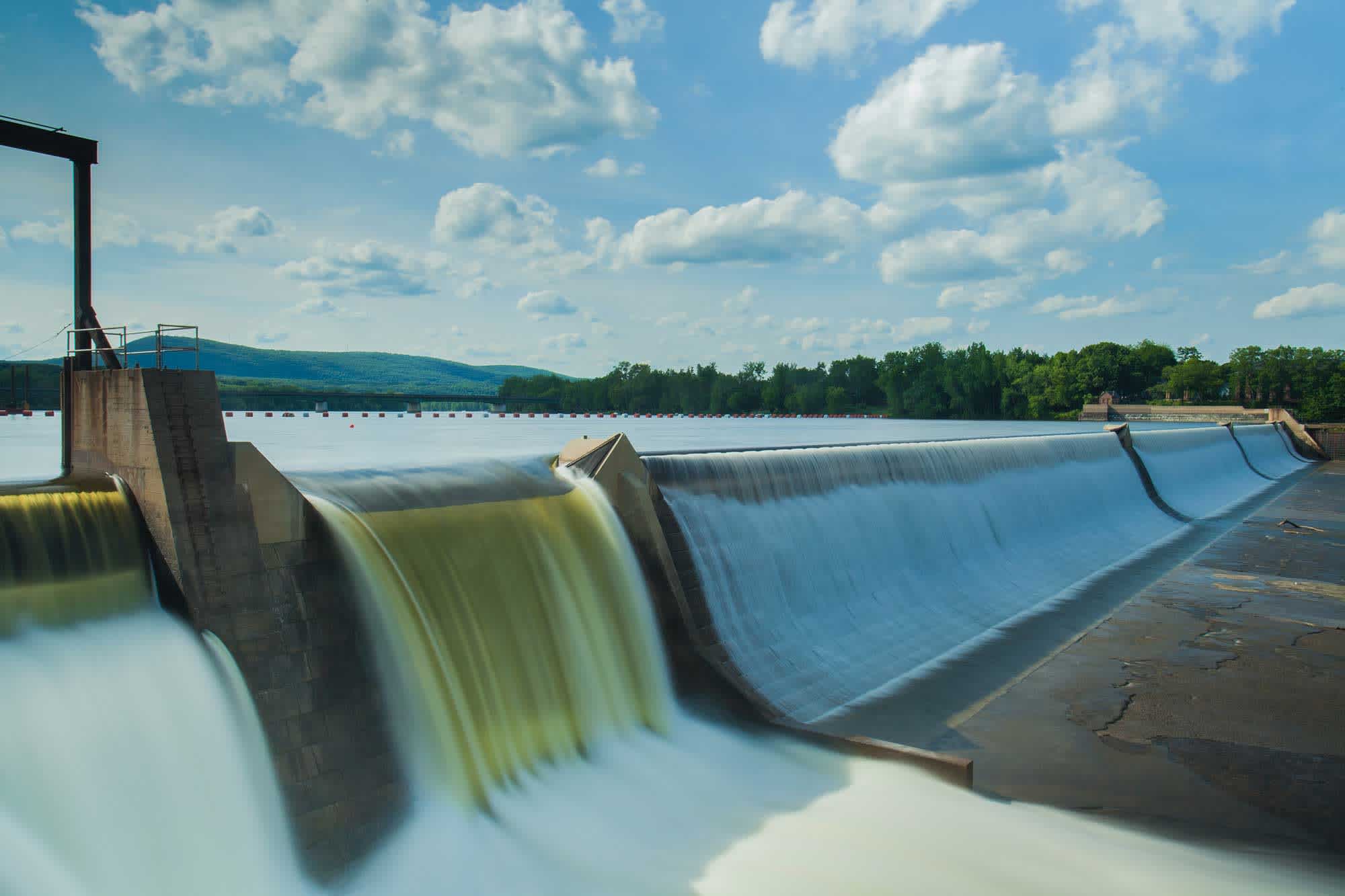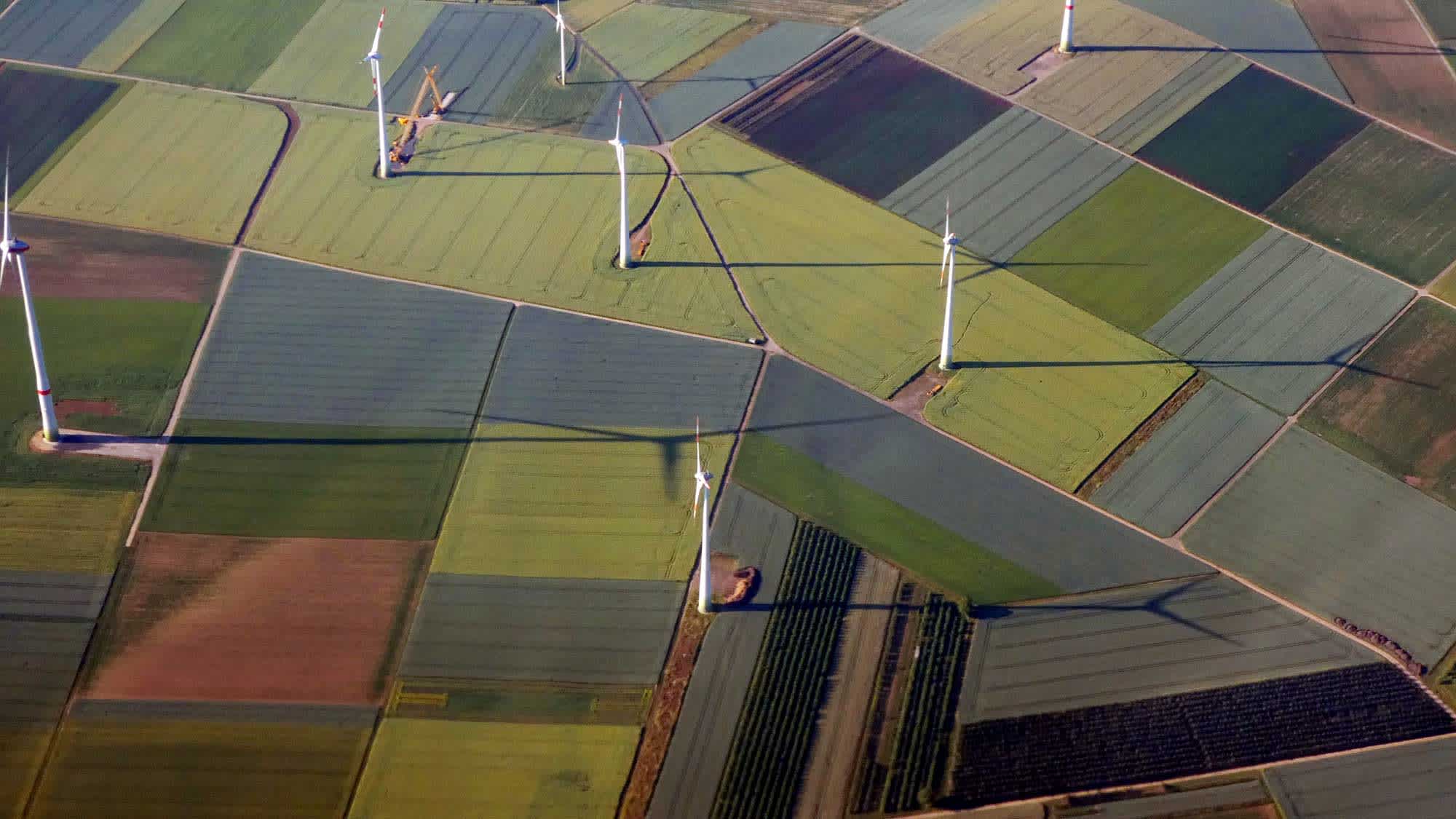
Renewable Energy Solutions: Harnessing Sustainable Power
Pioneering the green transition for a sustainable future.
Set out on a journey towards a cleaner, greener future with solutions that prioritize our planet's well-being.

Charting a Green Future
The urgency to embrace renewable energy has never been higher. No longer mere options, sustainable practices have become critical imperatives. Guided by renewable portfolio standards and robust infrastructure investments, we're navigating towards a future with diminished carbon footprints and amplified energy efficiency. Renewable energy isn't just our hope—it's our actionable blueprint for Earth's prosperity.
Revolutionary Energy Pathways
Standing on the cusp of an energy renaissance, our vision sharpens towards renewable sources to tackle global warming and curtail fossil fuel dependency. Innovative technologies like solar panels and wind turbines are revolutionizing how we view energy production. Prioritizing environmental synergy, these "Clean and Green" pathways not only challenge traditional power plant norms but also champion a global shift towards renewable electrification in both urban and rural landscapes.
Understanding Renewable vs. Sustainable Energy
While "renewable energy" and "sustainable energy" are terms often used interchangeably, they hold distinct meanings. Renewable energy, like wind, solar, and geothermal, is naturally replenishing. Sustainable energy emphasizes eco-friendliness and minimal environmental impact. While every renewable source is sustainable, not all sustainable sources are renewable—like nuclear power. This distinction is vital in sculpting our energy trajectory, ensuring we select the most effective blend for our future.
Making a Tangible Impact
Choosing renewable energy is a tangible step towards reducing carbon emissions. Systems like solar power and wind energy negate greenhouse gas release, confronting global warming head-on. Beyond power generation, transportation shifts towards electric vehicles and public transit can substantially reduce carbon footprints. Renewable projects, both grand and grassroots, emerge as paramount in the fight against escalating carbon levels, ensuring energy conservation and security.
How We Serve the Renewable Energy Industry
From our clients
Dustin Heine, Project Manager, MUTI
Wayne C., Texas Public Radio
Renewable Energy Industry Challenges & Solutions
Intermittency and Reliability
Solar and wind energy sources can be inconsistent, posing challenges to electricity supply continuity. Advanced energy storage systems, using batteries or thermal energy storage, can store excess energy generated for use during periods of low renewable electricity generation.
High Initial Investment Costs
Setting up renewable energy infrastructure, whether it's wind turbines or solar panels, requires a substantial upfront investment. As the demand for renewable electricity increases and technologies advance, the costs are expected to decrease.
Additionally, government incentives and renewable energy certificates (RECs) can offset these initial costs.


Land Use Concerns
Large-scale renewable energy projects, such as solar farms or wind parks, demand vast land areas. Solution: Integrating renewable energy sources into existing structures (like buildings or highways) or co-using the land with other activities can alleviate these concerns.
Utilities Industry Trends & Insights
Diversified Energy Sources
Instead of relying solely on one renewable source, a mix, such as wind and solar or geothermal and biomass energy, is being adopted to optimize electricity generation.
Decentralized Energy Systems
Microgrids and localized energy systems are gaining popularity. They allow communities to generate and consume their own renewable electricity, reducing transmission losses and increasing energy efficiency.
Digitalization and Smart Grids
The integration of AI and machine learning is optimizing how renewable energy is generated, stored, and distributed. Smart grids adjust in real-time to changes in energy demand and supply.
Green Hydrogen
As a clean energy carrier, hydrogen produced using renewable electricity is seeing growing interest as a potential solution for sectors hard to electrify and for energy storage.


Policy and Regulation
With increasing awareness of global warming, governments are pushing for stricter renewable portfolio standards, influencing a faster energy transition away from fossil fuels.
Renewable Energy in Transport
The transportation sector is witnessing a shift with the rise of electric vehicles. Using renewable sources to produce energy for these vehicles is becoming a focus.
Energy Access and Equity
Emphasis is being placed on ensuring that renewable energy technologies are accessible to all, ensuring energy equity and moving towards universal energy access.
Integration with Traditional Grids
One of the critical challenges for renewable electricity is its seamless integration with traditional power plants and grids. Solutions like grid-balancing and demand-response systems are becoming more prevalent.
Advancements in Material Science
Innovations in materials, especially for solar panels and wind turbines, are allowing these systems to be more efficient, durable, and affordable.
Ready to Elevate Your Project?
Harness the power of SGS Corp's engineering mastery. Act now and set the benchmark for success in your industry.





















